#vtol aircraft
Text



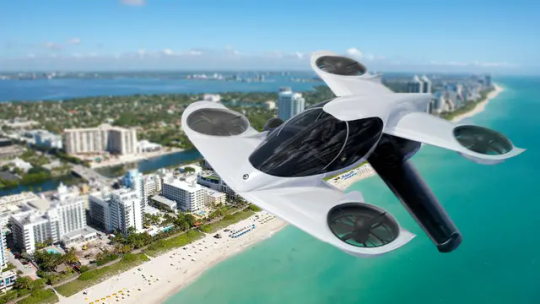

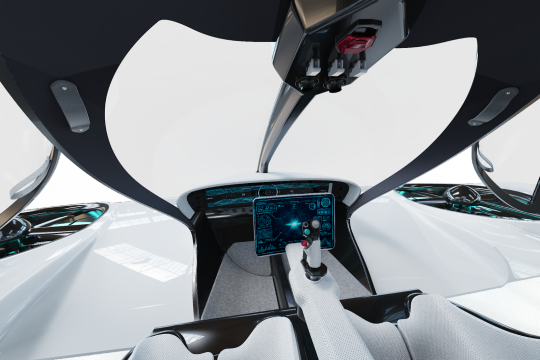
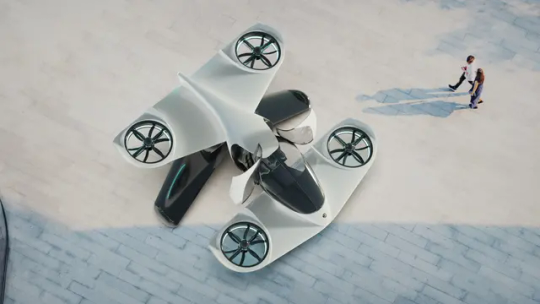
Doroni's H1X !
#art#design#flying private#travels#luxury lifestyle#VTOLs#vtol aircraft#vtol#e-car#flying cars#flying car#concept#vtol concept#render#doroni#H1X#luxuryliving
14 notes
·
View notes
Photo
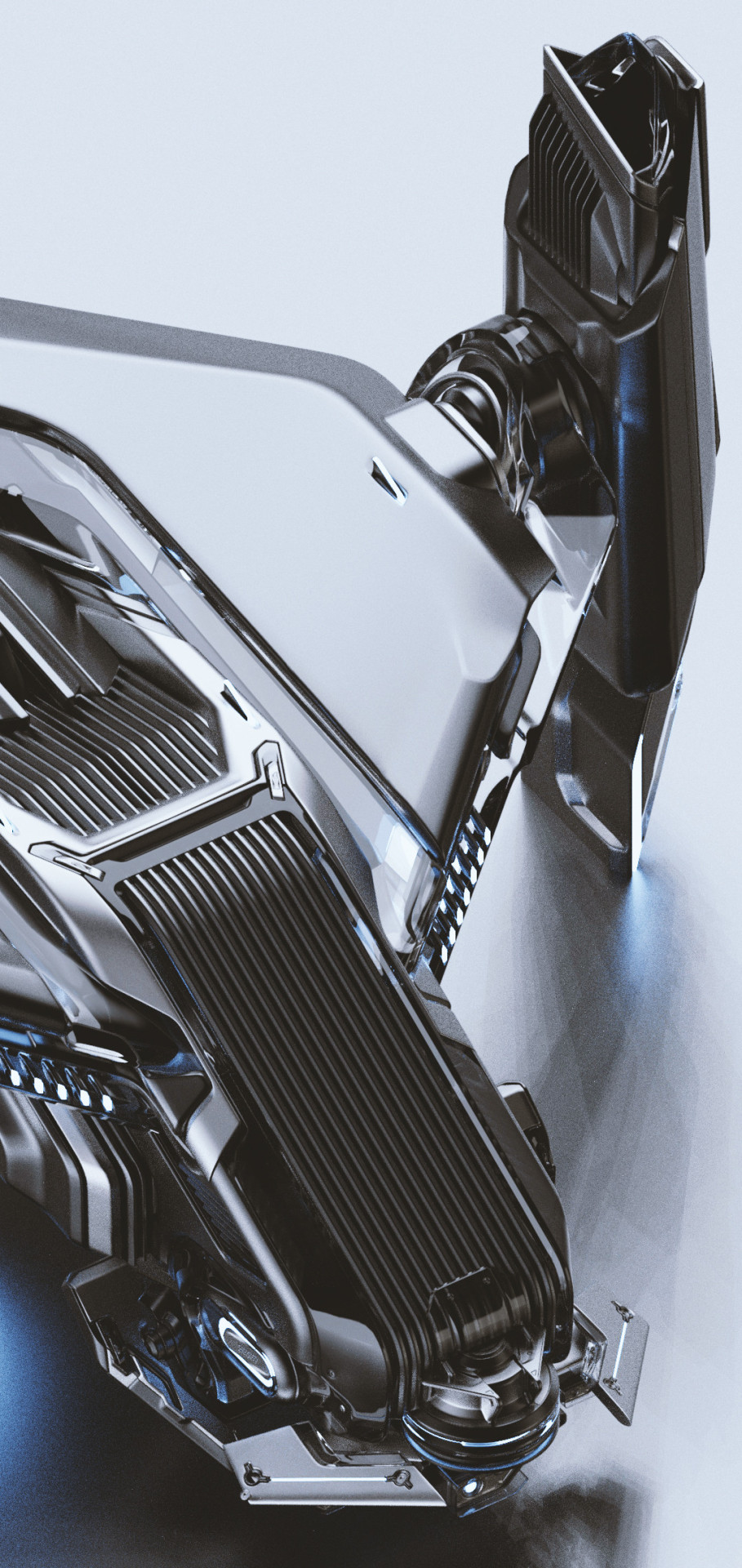
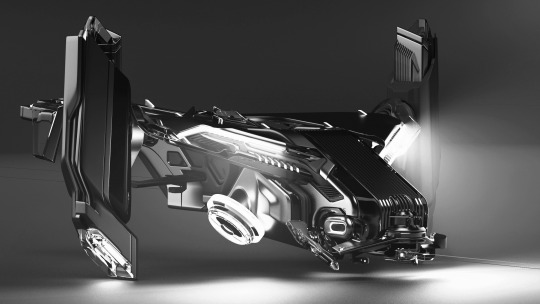


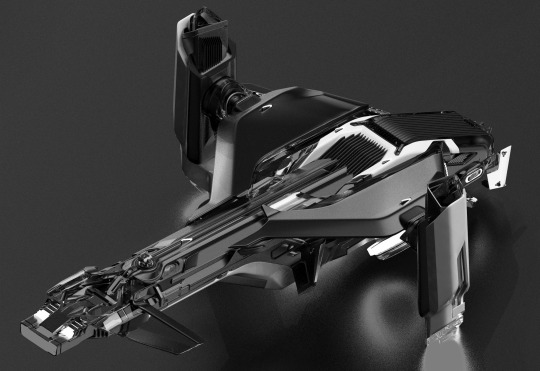
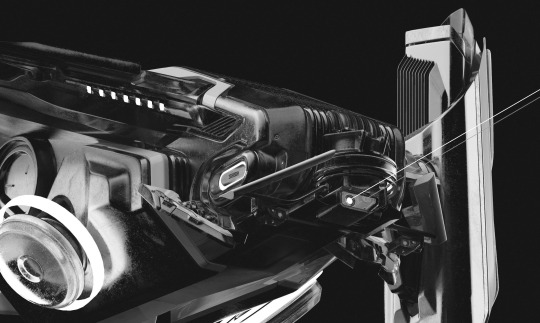
Division Fortress VTOL design by Rene Mitchell Lambert
94 notes
·
View notes
Photo
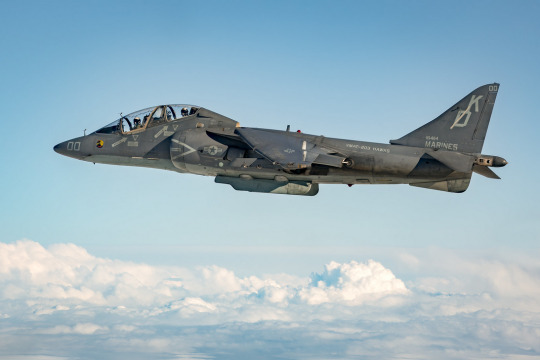
Marine Attack Training Squadron 203 Harrier trainer jet
#USMC#McDonnell Douglas#TAV-8B#Harrier II#Training aircraft#VMAT-203#VTOL aircraft#Aviation#Jet#Airplane#Military#Marine Corp
88 notes
·
View notes
Photo
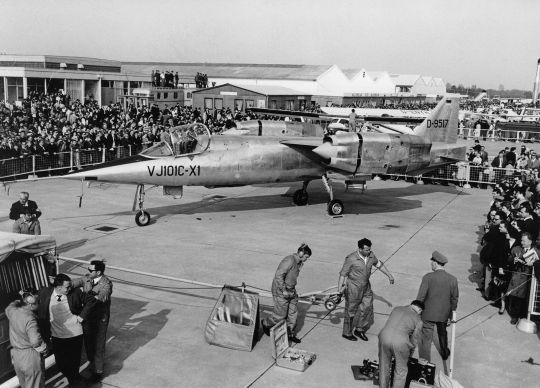
Entwicklungsring Süd VJ 101C-X1. First flew in 1963. Crashed in 1964. The first of two prototypes. German supersonic VTOL fighter-interceptor AC. At the Hannover Air Show in 1964
19 notes
·
View notes
Text
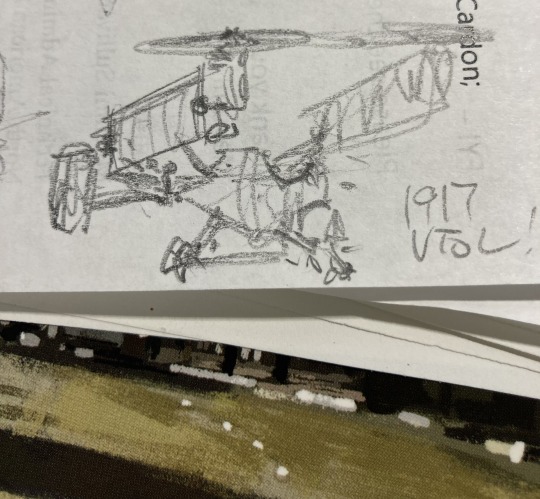
2 notes
·
View notes
Text
Day 127: the B-EE VTOL from Deus Ex: Human Revolution

6 notes
·
View notes
Text
Vtol Aircraft
A VTOL (Vertical Landing/Takeoff) aircraft is an aircraft that can land and take off vertically. Unlike other fixed-wing aircraft, this type of aircraft can take off vertically without the need for a runway or take-off ramp, and can maneuver in confined spaces at airports. VTOL aircraft are generally designed for military purposes and can be used in a variety of missions such as reconnaissance, surveillance, intelligence gathering, logistics support.
VTOL aircraft are a type of hybrid aircraft that are thought to replace helicopters. Being able to land and take off vertically allows them to be used in difficult conditions or narrow spaces where there are no take-off ramps or runways. VTOL aircraft can offer a more flexible and versatile option than fixed-wing aircraft, which can be faster and longer range. VTOL models, especially developed for unmanned aerial vehicles (UAV), can be used for reconnaissance and surveillance, payload and even armed operations.
0 notes
Text
Tips on How Airlines Can Decrease Their Carbon Footprint
Heightened awareness about the climate crisis has forced airlines to rethink their strategies and invest in new ones to reduce their carbon footprint. There's an international push to achieve net-zero air by the year 2050. That's not too far away, and airlines are pushing for game-changing innovations.
Here are a few ways airlines can reduce emissions and positively contribute to the growing concern about climate change.
Sustainable Air Fuels
One change that many airlines are embracing is switching from traditional jet fuel to sustainable air fuel (SAF). From an emissions standpoint, SAF creates the same amount of CO2 when burned. However, the savings come from the manufacturing process.
SAF isn't made with traditional fossil fuels. Instead, it's a product of vegetable and waste oils. The manufacturing process absorbs as much as 100 percent of the CO2 created when burned. The offset is substantial. SAF uses feedstock that doesn't compete with crops or contribute to forest degradation. It's a sustainable alternative that many airlines are already using.
Investing in Fuel-Efficient Aircraft
Airlines are already pushing for better fuel efficiency. But the changes are often minimal compared to what's possible.
Many aviation experts believe vertical take-off and landing (VTOL) aircraft are the future. Private VTOL aircraft are more efficient and produce significantly fewer emissions. The best concepts can accept passenger travel while using hybrid-electric propulsion systems.
With all-electric travel for short hops, these aircraft will produce zero emissions. But even on existing air corridors, they generate less than a quarter of what traditional jets do.
Private VTOL aircraft show great promise, flipping the concept of air travel on its head and providing a more eco-friendly alternative to planes. Furthermore, the lack of airstrip space required to take off opens the doors to creating better, more efficient routes.
Better Route Optimization
Where and how an aircraft flies matters. Several factors impact fuel efficiency, but conditions can change rapidly. Airlines can reduce greenhouse gas emissions by investing in on-demand route optimization technology. Optimization can ensure that every flight produces as few emissions as possible when paired with SAF and other sustainability measures.
Join the revolution of sustainable aviation with this hybrid electric aircraft! Click now to visit this website and discover how we're transforming the skies for a cleaner, greener future.
0 notes
Text
Watch "Adam Savage Learns About an Electric Flying Vehicle!" on YouTube
youtube
One step closer to getting everyday flying cars.
0 notes
Video
youtube
Odys Aviation is building the most innovative vertical take-off and land...
#youtube#startup#aviation#vtol#vtol aircraft#evtol#mobility#aircraft#travel#innovation#sustainability
1 note
·
View note
Photo
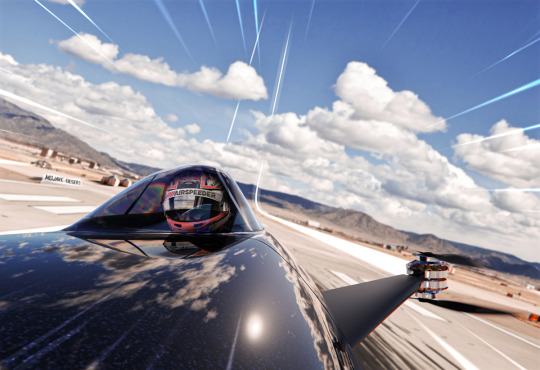



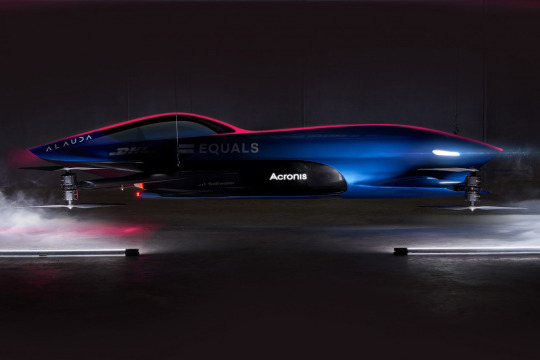
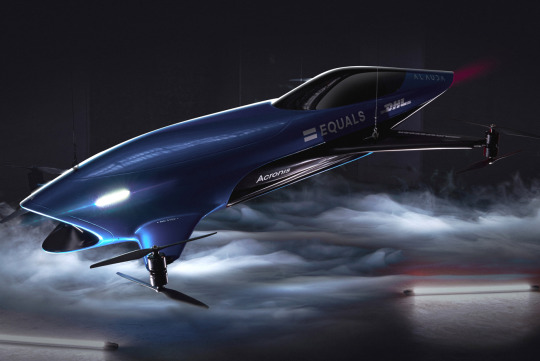
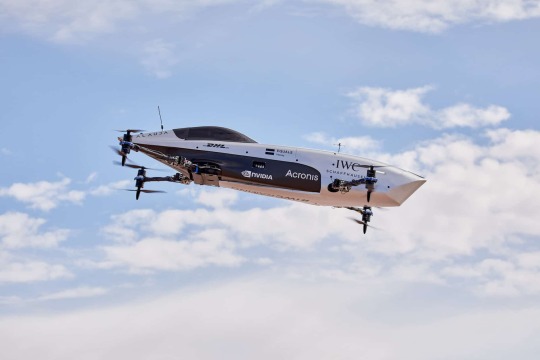
Alauda's Airspeeder MK-4
The company said in a statement that the one-person electric racing machine will have a top speed of 225 mph, and potential range of 180 miles.
It will be powered by a Thunderstrike Hydrogen Turbogenerator connected to electric motors on the eVTOL wings.
#art#design#evtol#vtol#racing#sports#alauda#airspeed#MK-4#hydrogen#trurbogenerator#vtol aircraft#evtol aircraft market#FLYING PRIVATE#AI
80 notes
·
View notes
Text
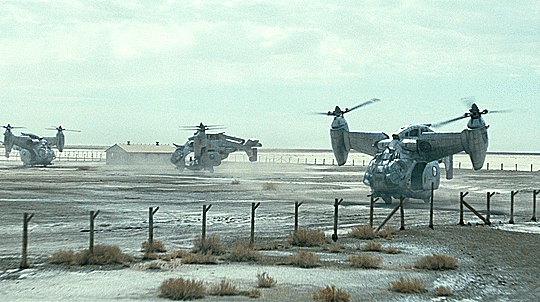


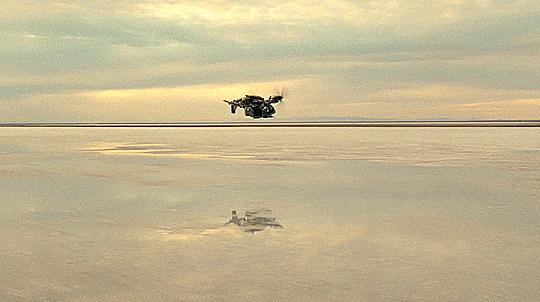
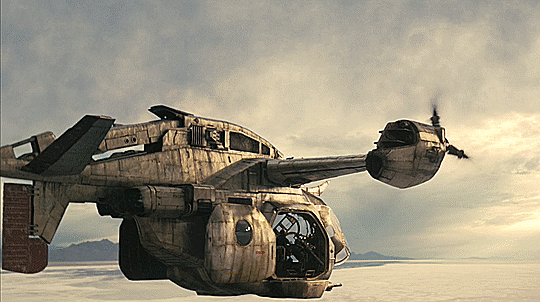

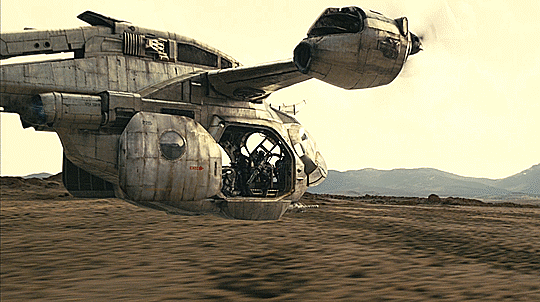

Vertibird in Fallout episodes 1 & 2
#Fallout#Fallout Prime#Fallout TV#Vertibird#retro futuristic#tilt rotor#VTOL#aviation#aircraft#scifi#falloutedit#spoilers#fallout spoilers#tvedit#GIF#my gifs#Danny and Renae watch Fallout
244 notes
·
View notes
Photo
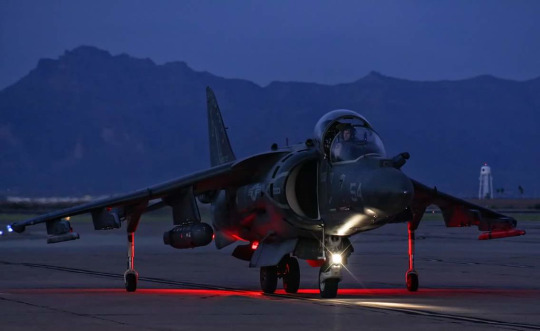
Early morning departure, Phoenix–Mesa Gateway Airport
#McDonnell Douglas#AV-8#Harrier#Jump jet#VTOL aircraft#Attack aircraft#USMC#Aviation#Military jet#Plane
59 notes
·
View notes
Photo

Dornier Do 31 E1. An experimental vertical take-off and landing (VTOL) jet-propelled transport. First flew in 1967. 3 were built. With Ford Thunderbird
243 notes
·
View notes
Text
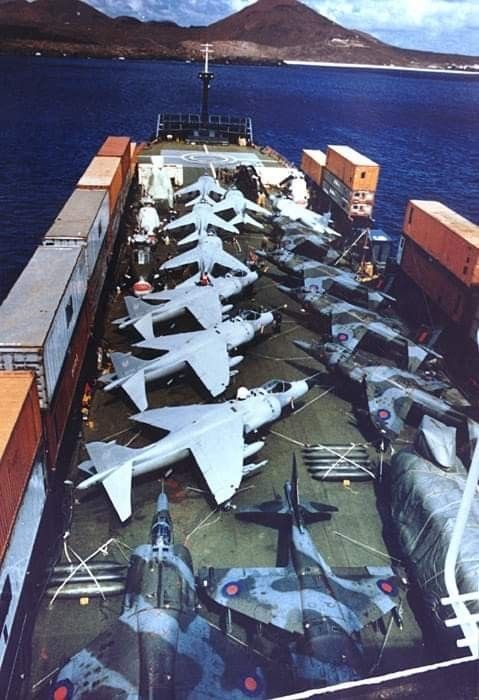
Harriers en route covertly during the Falkland Inslands conflict
#Harrier#Hawker Sidley#UK#Britain#Royal Navy#aircraft carrier#fighter jet#VTOL#vertical takeoff#Argentina#war
187 notes
·
View notes
Text
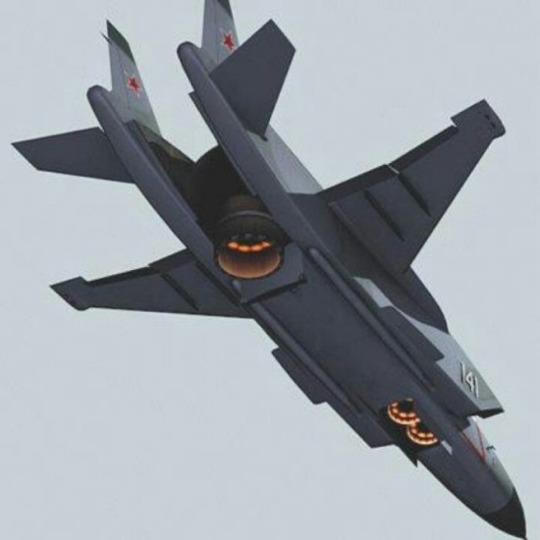
Yakovlev Yak-141 hovers at the 1992 Farnborough Airshow.
@ron_eisele via X
43 notes
·
View notes